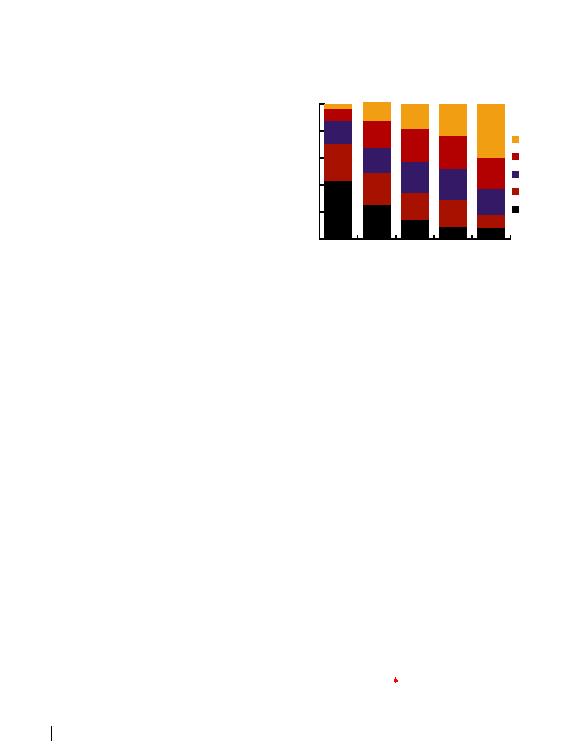
ment of mind, body and spirit are clarion calls to
pursue a fate that courts redemption, not degradation,
justice, not apathy.
to become in His name, and according to His glory.
around 600 B.C. to turn from dishonesty, selfishness,
and the pursuit of other gods and embrace the one
true God, Jehovah, and His righteous decrees. He
prophesized that if the people did not adhere to
divine truth, their kingdom would fall.
enlargement of his own imperfection... Finally we
come to that which is the `most hopeless thing,'
corruption of conscience. All its fine sensitiveness
is gone. There is no high idealism in national outlook
and national thought. Or to use the word of the
Bible, ``the conscience is hardened,' so that there is
no blanching with fear and no blushing with shame.
There is cynicism instead of faith. Pessimism instead
of hope. And utilitarianism instead of love."
the decree of God as uttered by the Hebrew prophet
Isaiah: "To loose the bonds of wickedness, undo the
heavy burdens, let the oppressed go free, And break
every yoke. Share your bread with the hungry, bring to
from your own flesh? Then your light shall break forth
like the morning, Your healing shall spring forth
speedily, and your righteousness shall go before
problems unique to this age need to be addressed.
Hunger, care for the aged, addiction, broken families,
fatherless children, crime and delinquency, substan-
dard education persist even as the benefits of
progress and technology accelerate social change.
volunteering with The Salvation Army to feed the
homeless in his hometown of Kansas City, Missouri
and help disaster victims around the country, such as
after Hurricane Sandy ripped through the northeast
coast several years ago. "I think it's my obligation
to try to make the most of every day I've been given,"
he says. "I am by no means unique. I am just one of
many who give and give and give." He finds other
volunteers he works with to be his greatest motivators.
soul and every situation. He sought out the poor, the
lost, the disenfranchised most of all, because in them
He saw a yawning void into which He could pour the
blessings God wants to share with His people.
opportunity in poverty: to measure prosperity by the
degree of personal and collective transformation by
God's Spirit, for "The laws of the Lord are true; each
one is fair. They are more desirable than gold, even
the finest gold. They are sweeter than honey, even
honey dripping from the comb. They are a warning
to your servant, a great reward for those who obey
them" (Psalm 19:9-11).
to Stay There as Adults
Quintile
Children with
Income in the:
Quintile
Quintile
Quintile
Quintile